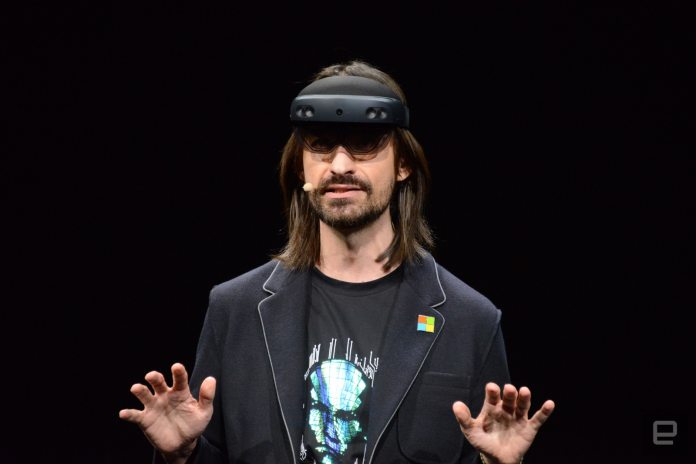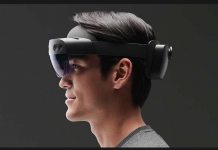Showcased at the Microsoft Inspire partner conference in Las Vegas, the tool was demoed on stage. Microsoft scanned Azure-based executive Julia White to transform her into a hologram. By using a Microsoft Mixed Reality capture studio, the company was able to create an exact holographic representation of White. White was present on stage, but only as a hologram. She was able to deliver a speech in Japanese despite not speaking the language. Microsoft used its Azure AI technology and text-to-speech machine learning to make the live translations possible. What is really happening is the software is delivering the speech. However, by learning White’s voice through recordings it is able to create voice signature and mimic her voice.
The result is the software translating and speaking in Japanese, but with White’s voice. Yes, this is amazing stuff.
Microsoft Mixed Reality Studios
It is certainly a step forward for HoloLens technology. Microsoft has been able to create holograms of people for a while, but the speech to translation is a new tool.
While it is hugely impressive, it seems the demo was just that and the tech is not ready for a launch. For a start, access to a Mixed Reality Studio to create a hologram. The purpose of the Mixed Reality studios is to give developers a platform to create holograms based on real life objects. Third party creators can use the studios to build holograms that will work across Windows Mixed Reality headsets, HoloLens, and regular 2D screen.




